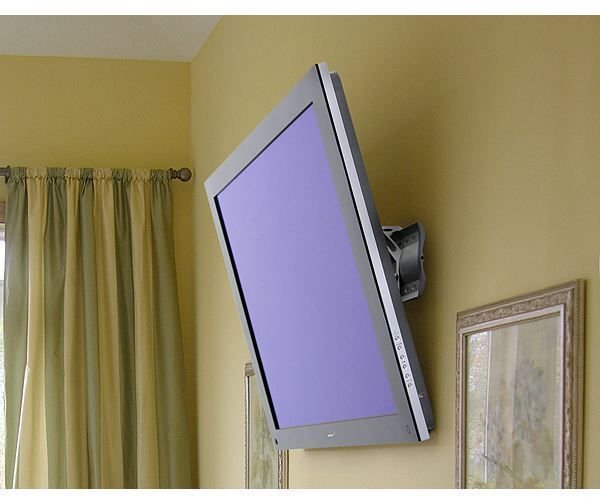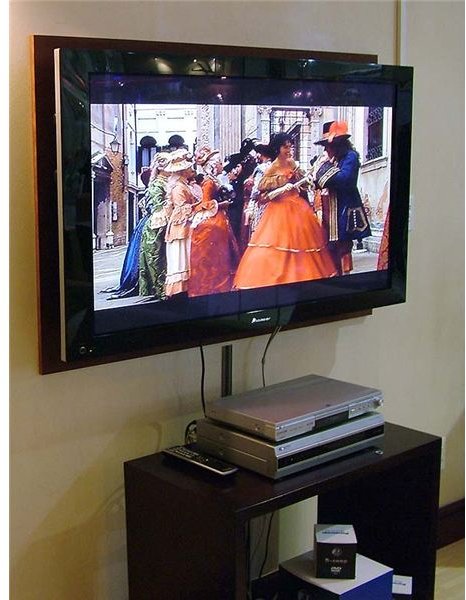Comparing Plasma vs. LCD TV - Features that Can Affect your Purchasing Decision
Display and Contrast
The most important feature when comparing a plasma vs. LCD TV is how the screen displays images.
While both both have sharp display screens, they are constructed with different materials. The plasma TV screen is made of heavy glass, which results in a highly reflective appearance and limits viewing to dimly lit locations. It is superior in screen viewing angles (up to 160 degrees). Alternatively, images on many LCD TV models may appear to be washed out when viewed at extreme side angles. Improvements have been made and newer models can be viewed at up to 130 degree angles. Despite this disadvantage, LCDs have a plastic non-reflective surface that makes them adaptable to multiple lighting conditions.
Image Production and Energy Efficiency
The image produced by a plasma TV is the result of the use of xenon or neon gasses that generate light into several hundred thousand individual RGB color pixels. This process generates a lot of heat and requires a large amount of voltage resulting in low energy efficiency. Alternatively, LCD TVs create images on screen by using light to shine through liquid crystal cells and polarized glass. It is very energy efficient due to its low voltage usage.
HD Quality
When it comes to HD quality images, the biggest difference you will see when looking at the plasma and LCD TVs is the high pixel density, aspect ratio and screen contrast. Both TVs provide HD quality images. However, plasmas produce an almost flawless black contrast which displays the HD images in finer detail. LCDs have lower pixel density and a lighter black contrast that is HD quality, but not as sharp as the plasma.
Installation and Portability

If you want to install your plasma TV on a wall, it will require professional installation. It is very fragile, heavy, and will cost a few hundred dollars extra for the labor and additional equipment needed. Due to their glass screen and delicate internal parts, they need to be transported or shipped in an upright position. Consideration should also be taken if the plasma TV will be used in a high altitude environment. At over 5,000 feet, the gasses inside the set become pressurized and may emit buzzing sounds even if it is not in use.
LCD TVs are lighter and less fragile than their plasma counterparts. However, when transporting or shipping they need to be in a face up or vertical position to prevent internal damage. Wall mounting installation does not require a professional, but care should be taken.
Final Thoughts
Making a decision on purchasing a TV comes down to preference. While there are differences between plasma vs. LCD TV, the biggest concern should be price. While plasma TVs may have better flexibility with screen viewing angles, they require professional installation and are not very energy efficient. Alternatively, LCD TVs are not as heavy as their plasma counterparts, are more energy efficient adaptable to multiple lighting conditions.
References
- Images from http://www.sxc.hu/ website.
